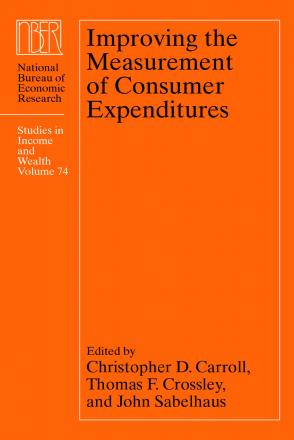The Potential Use of In-Home Scanner Technology for Budget Surveys

We consider that role in-home barcode scanner data could play in national budget surveys. We make detailed comparisons of food and drink expenditures in two British datasets: the Living Costs and Food Survey (the main budget survey) and Kantar Worldpanel scanner data. We find that levels of spending are significantly lower in scanner data, but that patterns of spending across food commodities are much more similar. A large part (but not all) of the levels gap is explained by weeks in which no spending at all is recorded in scanner data; however, demographic differences between the survey samples accentuate rather than close the gap. The period over which households are observed in scanner data changes the distribution of food group budget shares, but not the mean share, suggesting that short periods of observation common in budget surveys are good at picking up average spending patterns but not necessarily variation across households. We also find that observable sample demographics in the scanner data explain little of the variation in store-specific expenditure patterns, and caution against using scanner data to impute detailed household-level spending patterns on the basis of aggregate food spending.
-
-
Copy CitationAndrew Leicester, Improving the Measurement of Consumer Expenditures (University of Chicago Press, 2014), chap. 16, https://www.nber.org/books-and-chapters/improving-measurement-consumer-expenditures/potential-use-home-scanner-technology-budget-surveys.Download Citation


